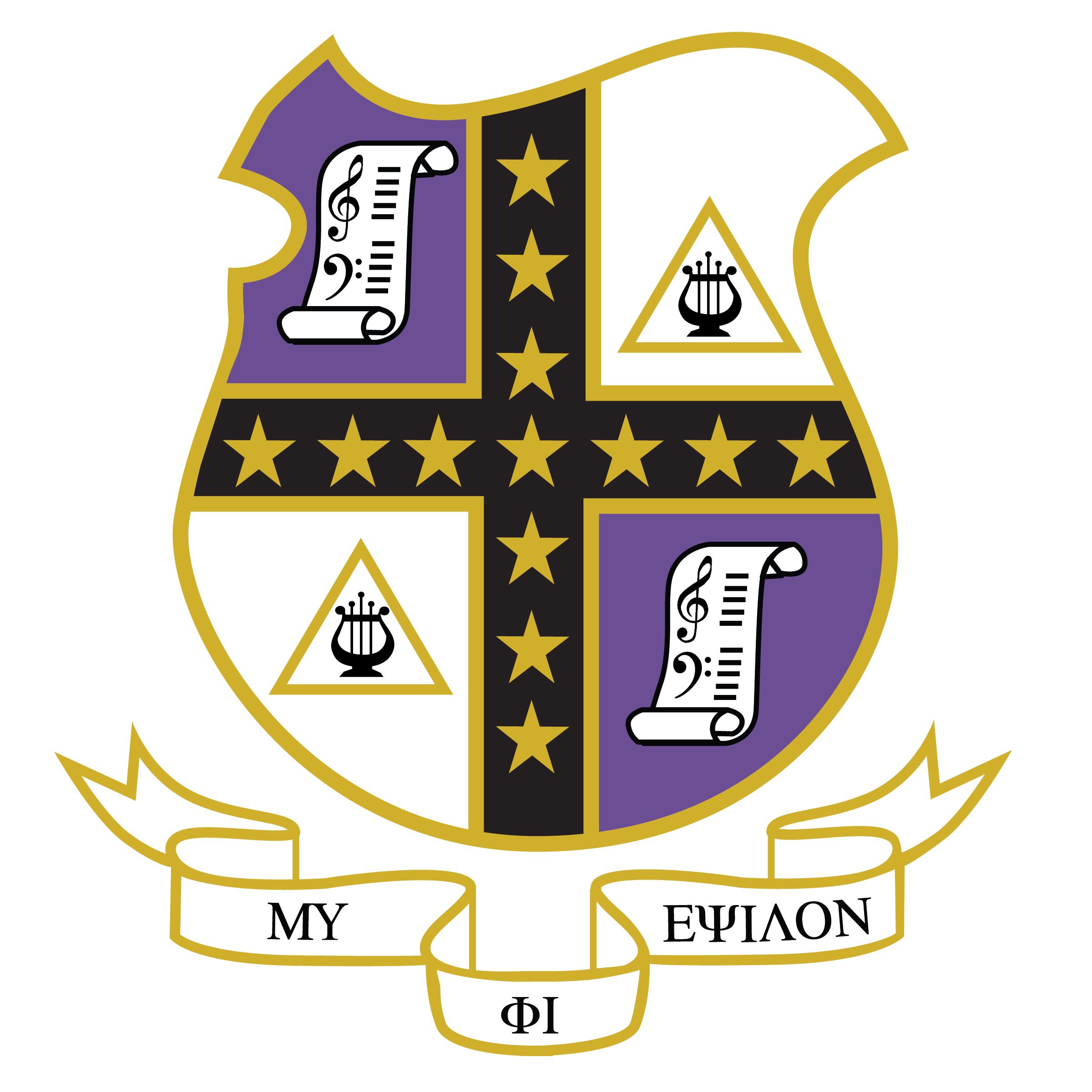- Home
- About Us
- Directories
- International Convention
- Member Resources
- The Triangle
- Tuneful Talks
- General Merchandise
- Alumni Forms & Manuals
- Collegiate Forms & Manuals
- Songs
- Governance
- Rituals
- Learning Management System (LMS)
- Foundation
Statement on HazingApproved by the International Executive Board in 2023 The purpose of this document is to clarify inconsistencies in membership qualifications that have arisen and vary chapter to chapter. This is something that should be consistent between all chapters. Please review the following with your executive committee, your chapter, and your candidates at the beginning of their training process. Mu Phi Epsilon is a professional fraternity which has as its purpose: the recognition of scholarship, musicianship, and the development of a bond of friendship among its members. Its aim is the advancement of music in the community, in the nation, and in the world, through the promotion of musicianship, scholarship, music therapy and education with an emphasis on service through music. Potential members should embody these qualities once they become members, and therefore begin to demonstrate these qualities during candidate training. In Article I of Mu Phi Epsilon International Bylaws, the qualifications of membership are: music major or minor (or equivalent), be a person of high standing, character and reputation (as determined by recommendations), completed first semester theory (or equivalent), have an established school GPA, and meet the minimum GPA requirement. Any person meeting this requirement is invited for membership training by a one time, two-thirds majority vote of the chapter. Potential candidates are traditionally judged by asking “Is this person considered to be someone who would be a good representative of the university, the school of music, and Mu Phi Epsilon, in any and all circumstances?” Any other criteria under which a membership decision is based must be carefully considered as to whether it correctly applies to the aims of a professional organization, and not a social organization. Once meeting these qualifications, membership candidates must pay International Dues and pass the Mu Phi candidate training test to gain membership. Any further requirements for membership in Mu Phi Epsilon International Fraternity are not allowed by Mu Phi Epsilon bylaws. Many chapters have activities during the ‘pledge’ or candidate training process that are considered to be ‘required’ of candidates. These might be traditions or rituals that have been continued for years or might be new. Regardless, it is important to review these traditions on a yearly basis to decide whether they might be considered hazing, and to swiftly and appropriately deal with any situation that might be considered such. Activities that are designed to encourage unity, promote loyalty, friendship, build a sense of community, or help the candidate become familiar with fraternity traditions or rituals are encouraged. However, activities or requirements that might meet these standards, but that might also harass, humiliate, degrade, or psychologically abuse candidates are considered hazing, and will not be tolerated by any chapter. Please refer to the following information on hazing, and make sure all candidates are aware of their right to report any of the following abuses to their faculty advisor, district director, or appropriate on campus committee for review. “Hazing” refers to any activity expected of someone joining a group (or to maintain full status in a group) that humiliates, degrades or risks emotional and/or physical harm, regardless of the person's willingness to participate. In years past, hazing practices were typically considered harmless pranks or comical antics associated with young men in college fraternities. Today we know that hazing extends far beyond college fraternities and is experienced by students of all genders in school groups, university organizations, athletic teams, marching bands, the military, and other social and professional organizations. Hazing is a complex social problem that is shaped by power dynamics operating in a group and/or organization and within a particular cultural context. Hazing is defined by the FIPG (Fraternal Information Programming Group) as: "Any action taken or situation created, intentionally, whether on or off fraternity premises, to produce mental or physical discomfort, embarrassment, harassment, or ridicule. Such activities may include but are not limited to the following: use of alcohol; paddling in any form; creation of excessive fatigue; physical and psychological shocks; quests, treasure hunts, scavenger hunts, road trips or any other such activities carried on outside or inside of the confines of the chapter house; wearing of public apparel which is conspicuous and not normally in good taste; engaging in public stunts and buffoonery; morally degrading or humiliating games and activities; and any other activities which are not consistent with fraternal law, ritual or policy or the regulations andpolicies of the educational institution."
The following are some examples of hazing divided into three categories: subtle, harassment, and violent. It is impossible to list all possible hazing behaviors because many are context specific. While this is not an all-inclusive list, it provides some common examples of hazing traditions. A. Subtle Hazing Behaviors that emphasize a power imbalance between new members and other members of the group or team. Termed “subtle hazing” because these types of hazing are often taken for granted or accepted as “harmless” or meaningless. Subtle hazing typically involves activities or attitudes that breach reasonable standards of mutual respect and place new members on the receiving end of ridicule, embarrassment, and/or humiliation tactics. New members often feel the need to endure subtle hazing to feel like part of the group or team. (Some types of subtle hazing may also be considered harassment hazing). Some Examples:
B. Harassment Hazing Behaviors that cause emotional anguish or physical discomfort in order to feel like part of the group. Harassment hazing confuses, frustrates, and causes undue stress for new members/rookies. (Some types of harassment hazing can also be considered violent hazing). Some Examples:
C. Violent Hazing Behaviors that have the potential to cause physical and/or emotional, or psychological harm. Some Examples:
|

 International Executive Office
International Executive Office